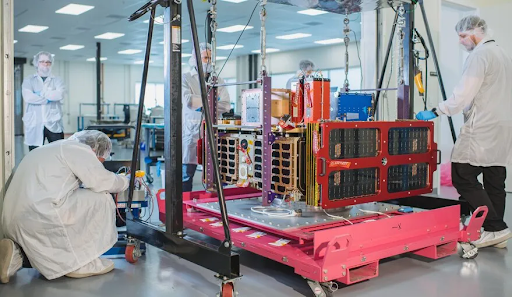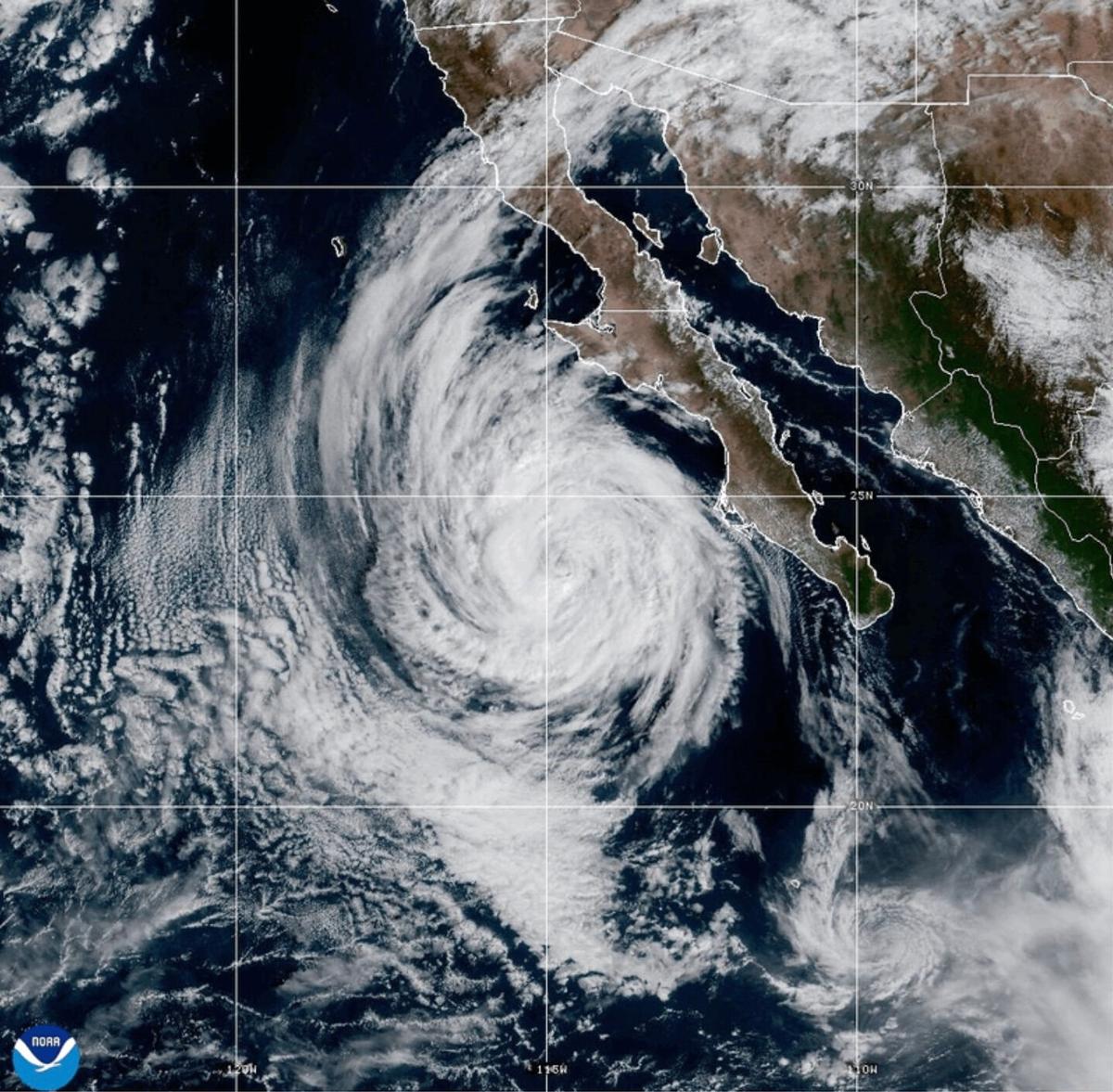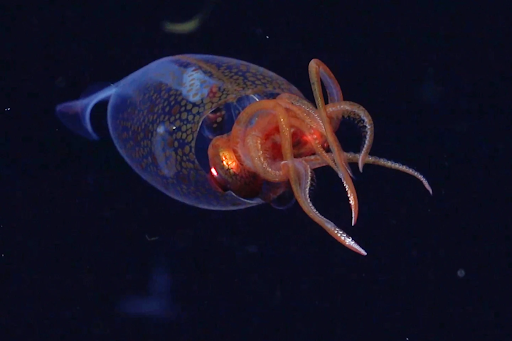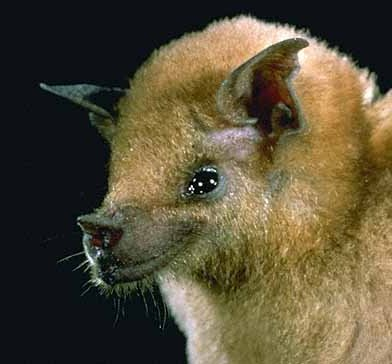Our moon’s spotlight is being taken up by PT5, a new “mini moon” who recently entered our orbit. A moon can be categorized as a naturally formed celestial body that orbits a planet. Our own moon shows this, being a large spherical object orbiting Earth. This technical definition allows an asteroid named 2024 PT5, to be our “mini moon” PT5 will stay in our orbit for a few months, having started on on Sep. 29 and estimated to last until Nov. 25, 2024
The asteroid was pulled into our orbit via Earth’s gravitational pull, resulting in PT5 being our temporary second moon. Victoria states that due to earth’s much larger mass, PT5 will be pulled into Earth’s orbit. The greater mass an object has, the greater gravitational pull it has. However there is an exception; the closer an object being attracted to the mass is, the less gravitational force the mass has onto the object, this balance keeps objects rotating in orbit.
Unfortunately, PT5 won’t be permanent. According to Microsoft Start our “mini moon” will eventually be released from earth’s orbit and thrown back into its original path. It’s likely that PT5 started off its galactic exploration in the Arjuna asteroid belt, orbiting the sun. Due to the Arjuna belt having an orbit that closely resembles earths, PT5 will likely make another appearance in earth’s orbit in early 2025, and again in 2055.
While most moons are spherical, PT5 is extremely small, causing it to have an irregular shape. According to Stack Exchange, for a celestial body to resemble a sphere, the body needs to be at least 400 km in diameter. PT5 doesn’t reach these requirements. It only reaches 11 meters in diameter or around the size of a school bus, which isn’t nearly big enough for its gravitational pull to cause a spherical form. Since PT5 is so tiny in comparison to the moon, it isn’t visible to the naked eye. Telescopes are needed to view it, but it may be difficult, since even with a telescope, PT5 is extremely small in the night sky. This can be seen in other planet’s moons. For example, Saturn has at least a staggering 146 moons; most of them are around the size of a small field.
While difficult to view and sad that it won’t be permanent, having PT5 in our orbit is a very exciting and interesting topic. Having a second moon isn’t an everyday thing, so while PT5 is still in our orbit, it’s something to be interested in.





















Pickle • Oct 18, 2024 at 3:53 pm
Moon